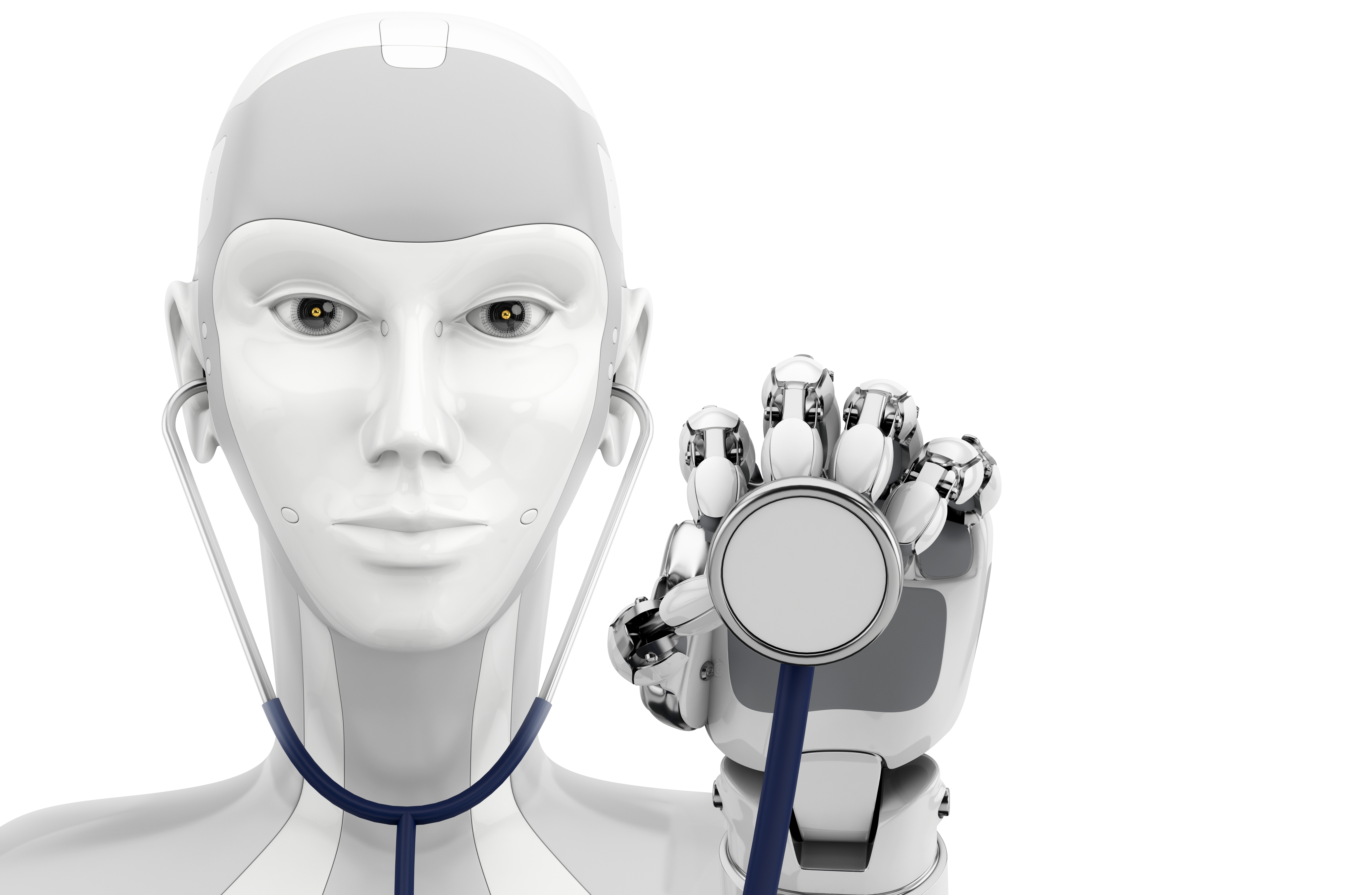
How many times have you missed a deadline to switch or adjust your employee or insurance benefits package? Yeah, same here.
But now there’s a push to plug AI into benefits processes to make them seamless, year-round and as personalized as possible.
As Steven Malme, a senior vice president of platform strategy at Benefitfocus, an AI-powered benefits platform, recently explained the potential to BenefitNews, “Moving away from traditional once-a-year benefits selection to a year-round process ensures timely access to benefits as they are needed. AI allows employers to engage with employees more regularly without adding administrative burden to the HR or benefits administration team.”
In his view, benefit plans need to be able to adapt to the ever-changing workplace and use data and technology to simplify the increasing array of options for employees.
“AI can simplify benefits selection, purchase and use and effectively engage consumers and improve their lives with benefits,” he said. “There are numerous life events that can trigger AI-powered smart moments and present relevant options.”
For one thing, he noted, it’s time to adjust to the fact that “(w)e live in an on-demand society, and we need to transform how benefits are bought, sold and used. The benefits industry operates in a decades-old paradigm where benefits are imposed on consumers or not offered at all. For those who do have options, the open enrollment process has them make 15 to 20 or more complex financial decisions once a year. . . . It’s no wonder employees and families struggle with the process.”
With AI, employers can educate their employees more thoroughly about the options, while also enabling them to customize benefit packages to their specific needs.
“With a consumer-driven benefits strategy,” he explained, “employers have the opportunity to provide new benefits and valuable options in those moments that matter. . . . AI can assist and guide employees as they analyze and make decisions to ensure they are choosing benefits that are personally relevant for their life stage and lifestyle. . . . Finally, AI can eliminate and automate mundane manual tasks so HR leaders and administrators can focus their time on what matters most: employees.”
And it’s not only employees who will benefit, Malme observed, as “AI and analytics (also) enable benefits administrators to make more accurate, data-driven decisions in their benefits strategy, while monitoring plan utilization and member health.”


